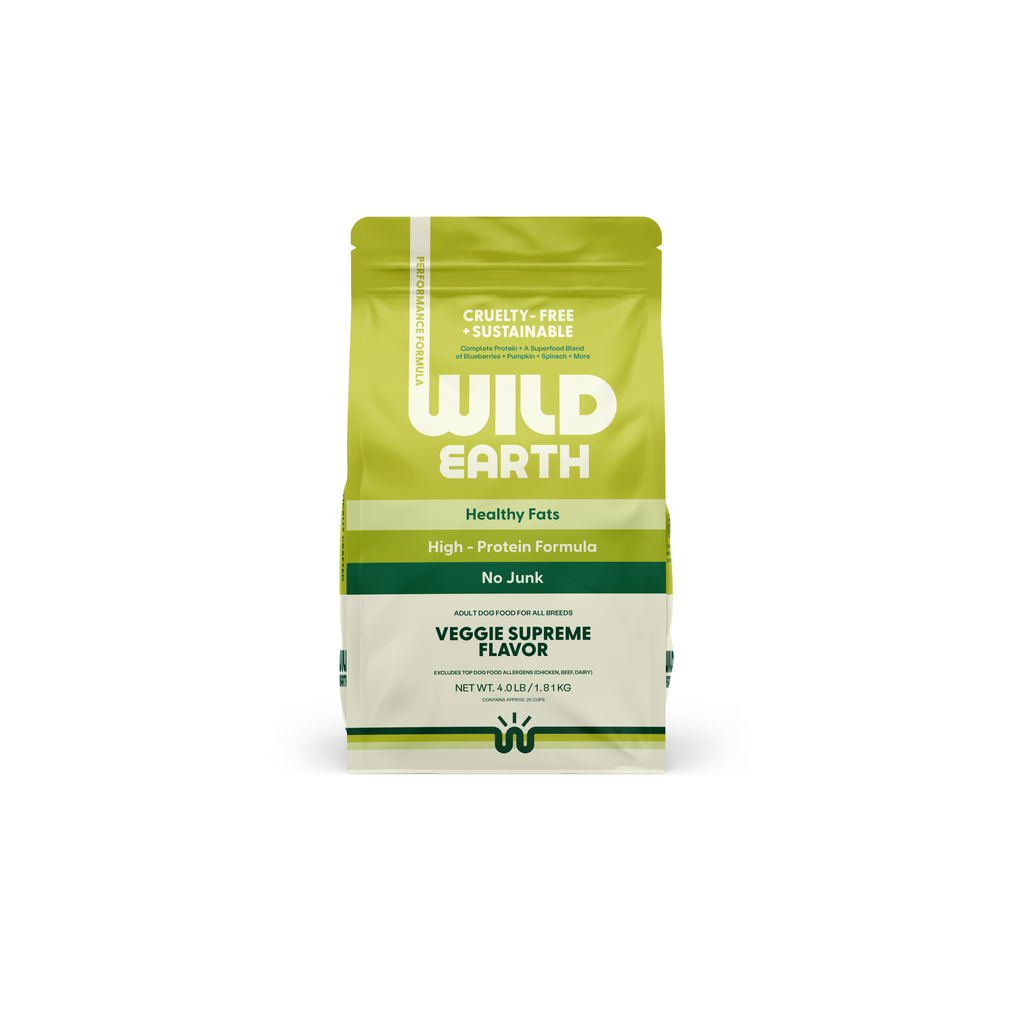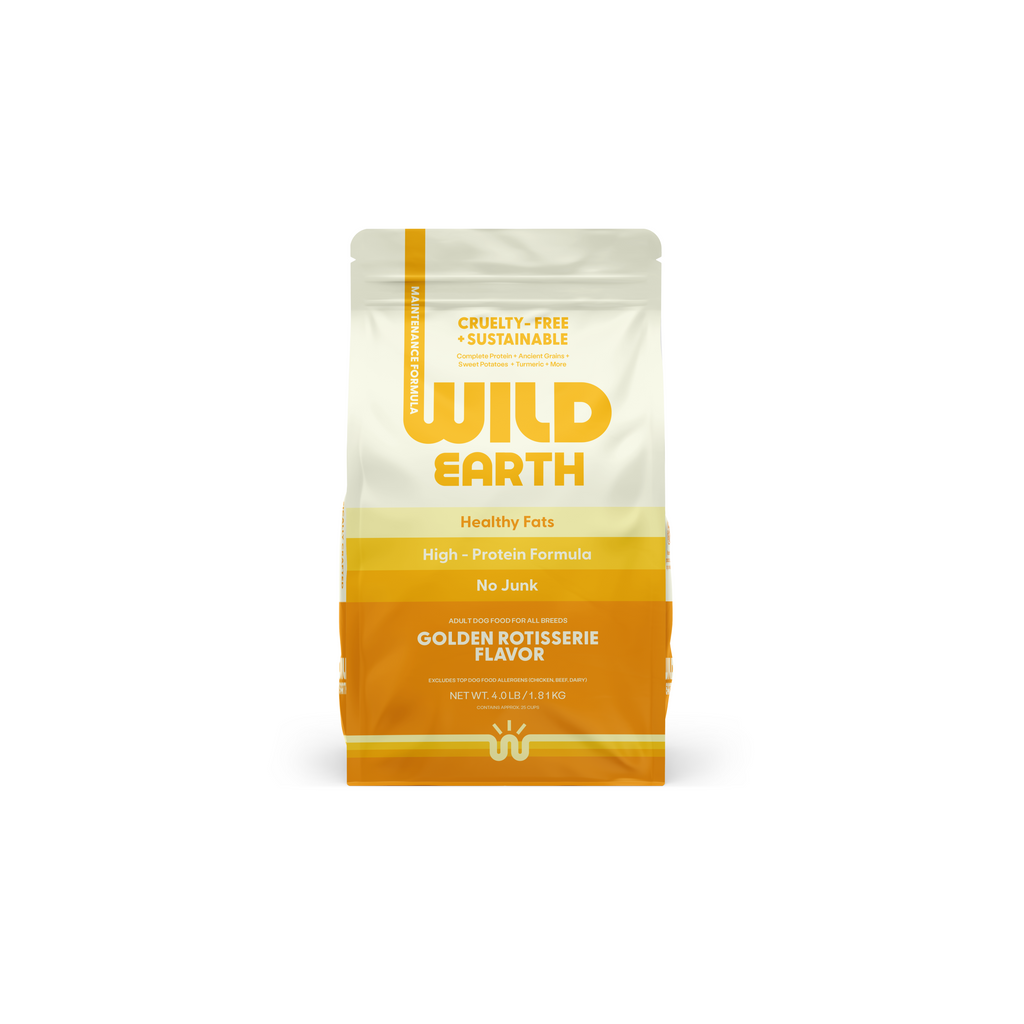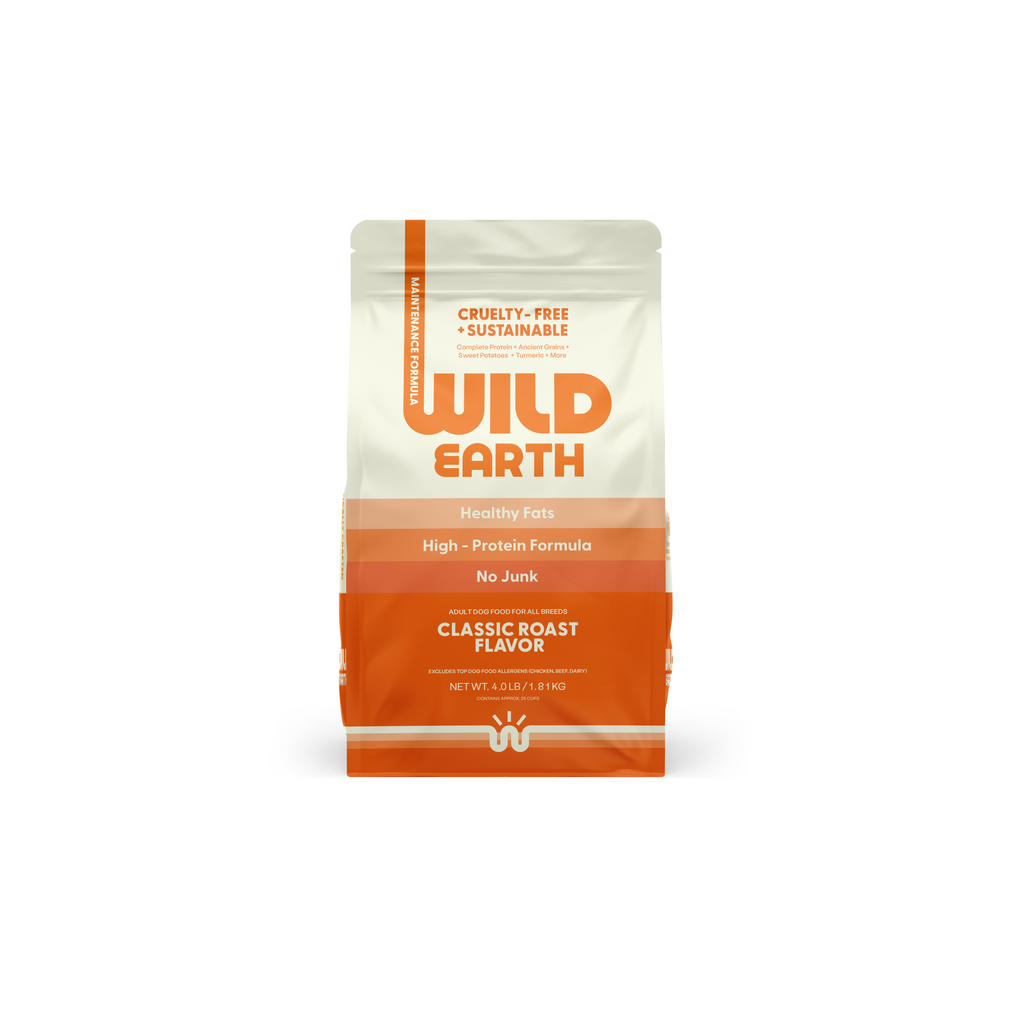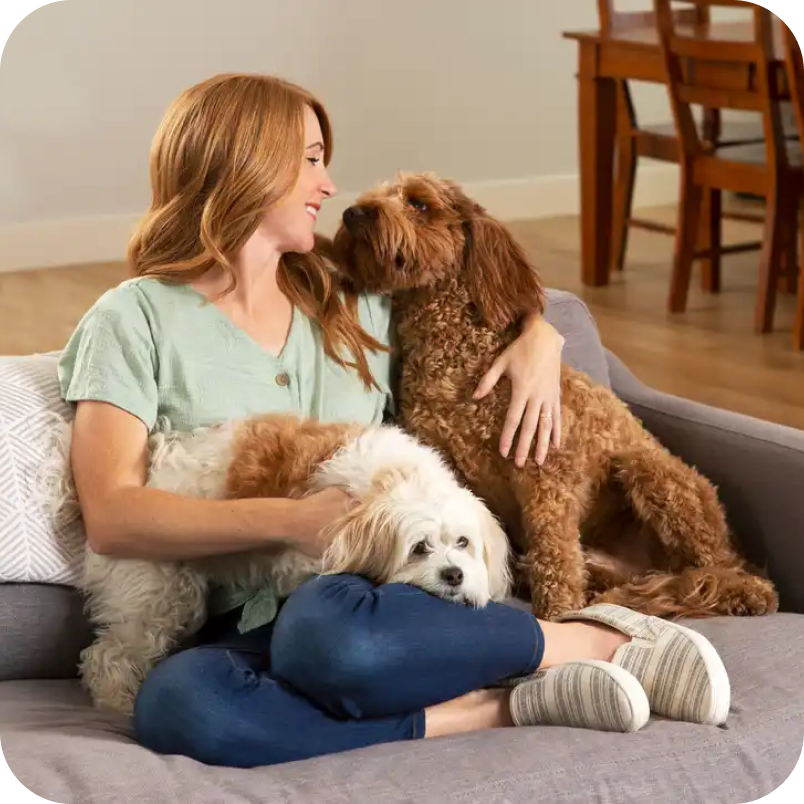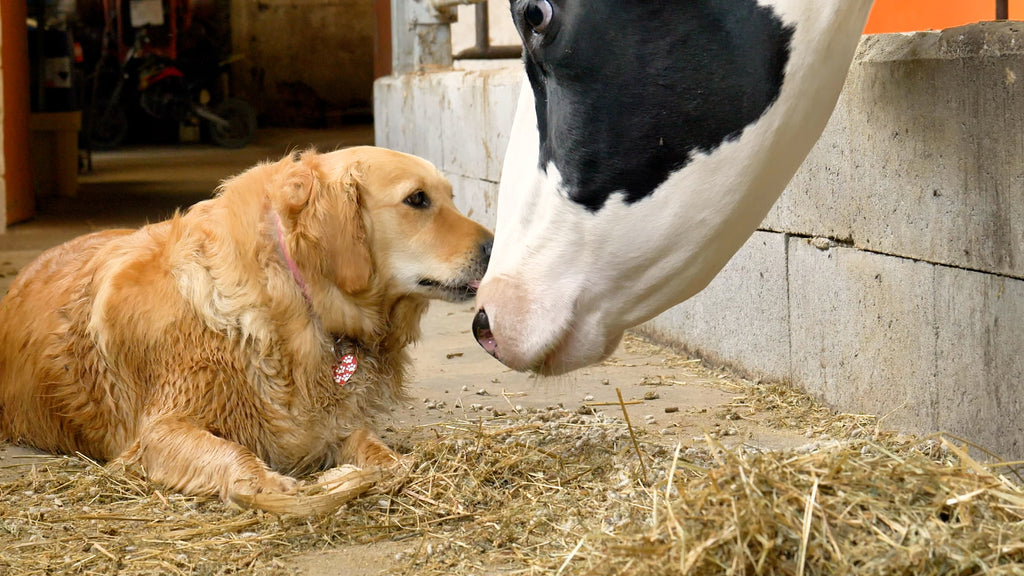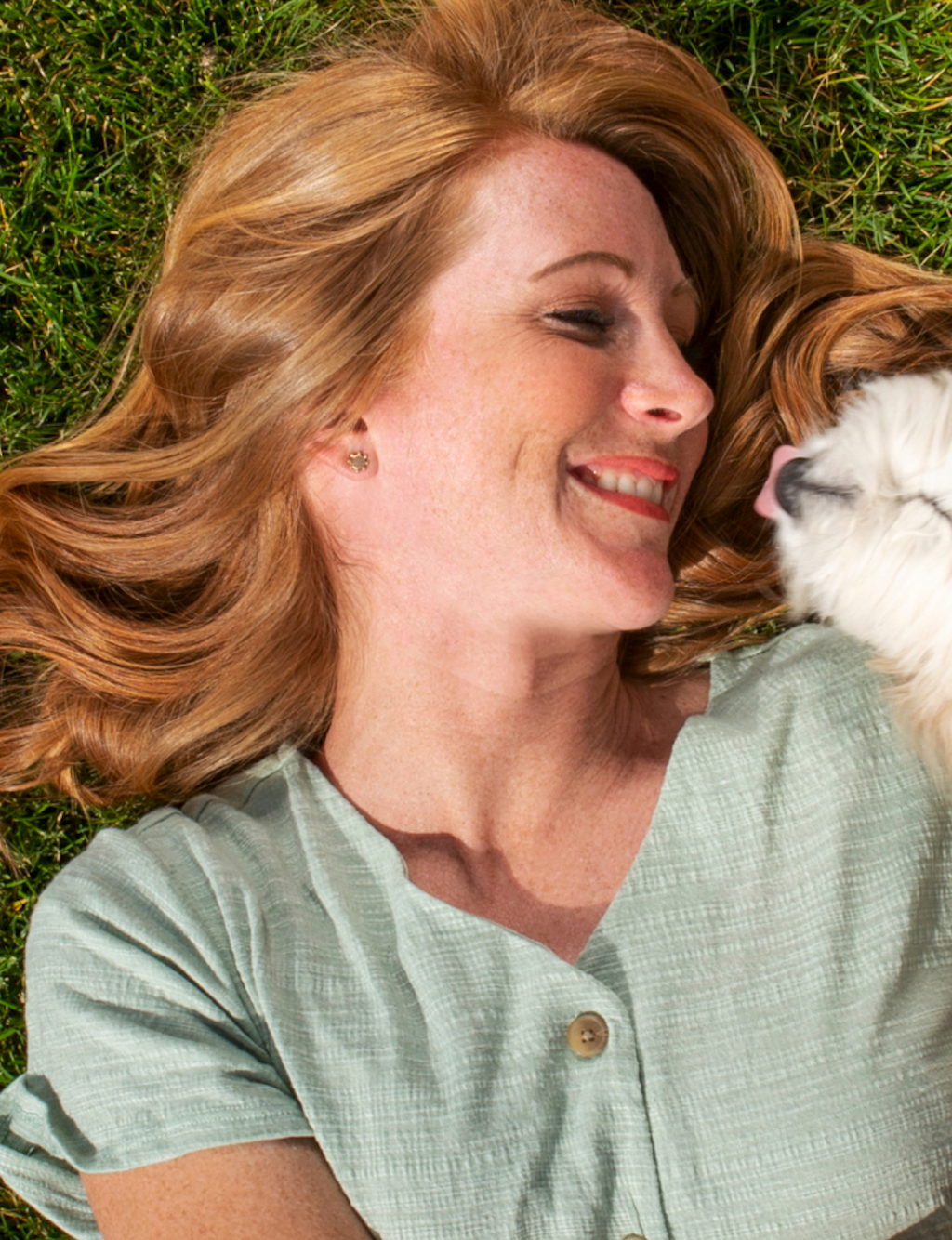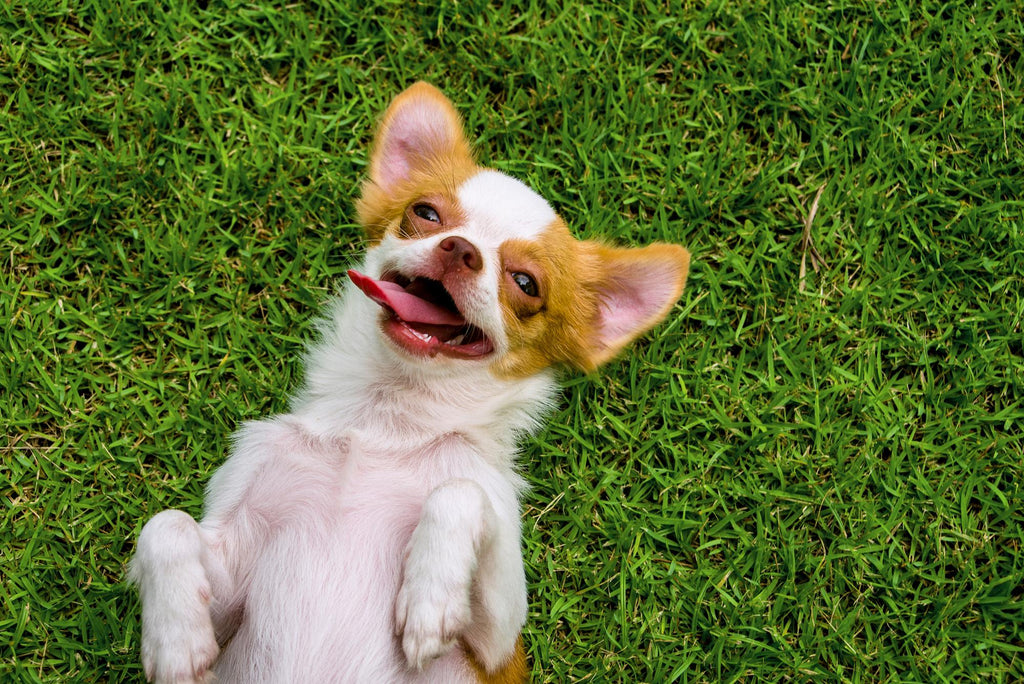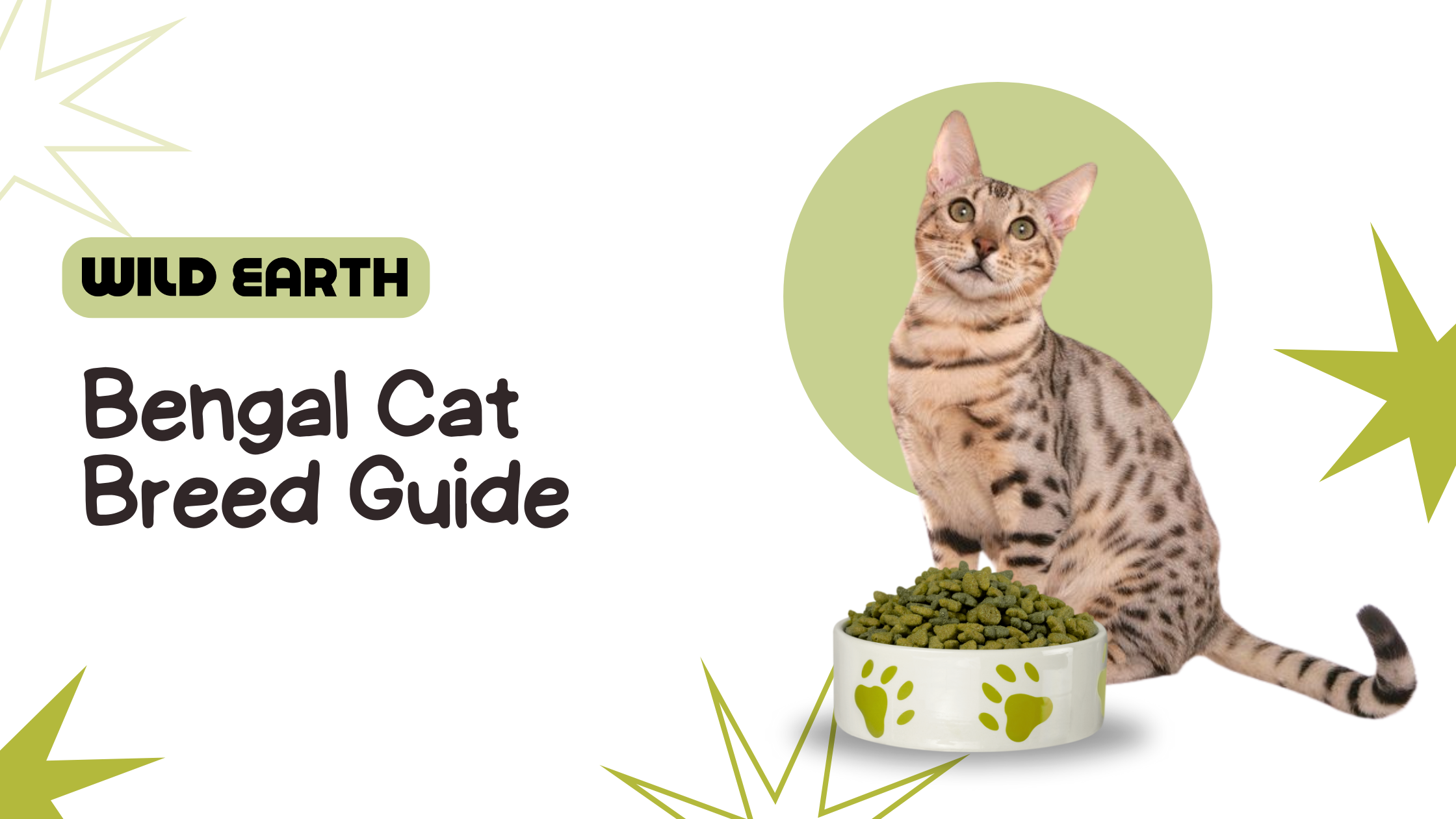
Bengal Cat Breed Guide
Summary:
- Bengal cats blend the exotic, leopard-like beauty of their wild ancestors with the playful, loyal nature of a domestic pet.
- Their short, shimmering coats and athletic builds make them low-maintenance yet strikingly unique.
- Highly intelligent and energetic, Bengals need regular play and mental stimulation to thrive.
- A high-protein diet, like Wild Earth’s plant-based cat food, fuels their active lifestyle and supports their health.
- Routine vet checks help manage potential genetic health issues, such as heart or vision conditions.
Bengal cats are one of the most fascinating creatures to exist in the feline world. These cats are the epitome of “don’t judge a book by its cover”, because not only are they extremely intelligent , they are also fiercely loyal.
In this blog we will discuss all the nitty gritty details of what these mini leopards are all about!
Bengal Cat Fact Sheet

- Size: Medium to large
- Lifespan: Thriving well into their teens
- Coat: Short, dense, soft, often with a shimmering “glitter” sheen
- Temperament: Active, intelligent, vocal, and affectionate
- Grooming Needs: Low-maintenance
- Energy Level: High
What are the Origins of the Bengal Cat?

A Cross Between Wild and Domestic Cats
The Bengal breed began in the 1960s when breeders crossed the small, wild Asian Leopard Cat (Prionailurus bengalensis) with domestic cats to create a feline with the striking appearance of a wild cat and the gentle temperament of a house pet.
Modern Bengals, at least four generations removed from their wild ancestors, are fully domesticated, offering a perfect blend of exotic beauty and approachable charm, as recognized by organizations like The International Cat Association (TICA) and the Cat Fanciers’ Association (CFA).
The Unmistakable Look of a Bengal
Coat, Color, and Patterns
Bengals are renowned for their short, incredibly soft, and dense coats, often featuring an iridescent “glitter” sheen that sparkles under light, a trait unique to the breed. This luxurious coat feels as good as it looks, making Bengals a visual standout.
Their coats come in two main patterns: spotted, with leopard-like rosettes, or marbled, with swirling, three-color contrasts. These patterns, inspired by their wild heritage, give Bengals their signature jungle aesthetic. However, the Common colors include brown, silver, and snow, offering a range of jungle-inspired hues that enhance their wild appearance.
Bengals boast a medium-to-large, sleek, and muscular physique, built for climbing, leaping, and playful exploration. Their athletic build and confident stride, as highlighted by the CFA, reflect their active nature and wild ancestry.
What is their Personality & Temperament?

Bengals are perpetual kittens, brimming with high energy, intelligence, and curiosity well into adulthood. Their love for exploration keeps them active and engaged, making them both delightful and demanding companions.
Breaking feline stereotypes, Bengals often play fetch, enjoy leash walks, and can learn commands, much like dogs. This dog-like trainability makes them ideal for owners who enjoy interactive pets. While not always lap cats, Bengals form strong bonds with their families and are highly communicative, using chirps, trills, and meows to share their thoughts, as described by the CFA. Their affectionate, vocal nature keeps owners entertained and connected.
Unlike most cats, Bengals often love water, happily splashing in sinks or joining owners near the shower. This quirky trait adds to their unique charm and playful personality.
What are the Needs of a Bengal Cat?

Bengals thrive on significant enrichment to channel their high energy and sharp minds. Without enough activity, they may become bored or destructive. Provide cat trees, perches, and puzzle feeders, and commit to regular daily play sessions to keep them happy and engaged, as recommended by PetMD. They need a high-protein diet to fuel their active, muscular bodies. A high-quality, protein-rich food is essential. Moreover, their short, dense coat is low-maintenance, requiring only weekly brushing to remove loose hairs and maintain healthy skin, as advised by Petfinder. Regular tooth brushing is crucial to prevent dental disease, a concern for any cat breed, ensuring your Bengal’s overall health stays strong.
Common Health Concerns
Responsible breeders screen for genetic conditions, but Bengals can be predisposed to:
- Hypertrophic Cardiomyopathy (HCM): A heart condition causing thickened heart walls, requiring regular vet monitoring, as detailed by Cornell Feline Health Center.
- Progressive Retinal Atrophy (PRA): An eye condition that may lead to vision loss if not detected early, as noted by UC Davis Veterinary Medicine.
- Patellar Luxation: A knee cap dislocation that can cause lameness, manageable with veterinary care.
Routine vet checks and genetic screening are essential to catch and manage these issues, ensuring your Bengal lives a long, healthy life.
Is a Bengal Cat Right for You?

The Ideal Bengal Owner
Bengals flourish with active, experienced owners or families who can dedicate time to play, training, and enrichment, making them an ideal match for dynamic households that thrive on interaction. If you love engaging with a spirited, vocal pet, a Bengal is a perfect fit. Owners who enjoy teaching tricks, like fetch or leash-walking, will find these cats eager learners, as their dog-like tendencies make training sessions a bonding adventure.
Who Might Want to Reconsider
Bengals may overwhelm first-time cat owners or those seeking a quiet, low-energy, or highly independent pet, as their vocal, attention-seeking nature thrives best with committed, active owners.
Their high energy can lead to mischief, such as knocking over plants or scratching furniture, if they don’t receive enough stimulation. This can frustrate owners who are unprepared for daily playtime.
For example, their chirps and trills, while charming to some, might disrupt a household that values silence, especially in small apartments or during late-night hours. Those looking for a low-maintenance lap cat may find Bengals too demanding, as they prefer interactive engagement over lounging.
If you’re away from home for long hours or prefer a cat that’s content with minimal interaction, breeds like the Persian or British Shorthair, which are calmer and more independent, might be a better match.
Final Verdict
With their stunningly beautiful coats, highly intelligent minds, and endlessly energetic spirits, Bengal cats are truly one-of-a-kind companions. Their leopard-like looks and playful, dog-like personalities demand dedicated owners, but the reward is a loyal, affectionate, and unforgettable pet.
However, you can also fuel their vibrant energy with Wild Earth’s high-protein, plant-based cat food, crafted to support their active lifestyle. So are you Ready to keep your Bengal thriving?






